

Articles
How To Make Mashed Potatoes Without A Mixer
Modified: August 17, 2024
Learn how to make delicious mashed potatoes without needing a mixer. This informative article provides step-by-step instructions for the perfect homemade side dish.
(Many of the links in this article redirect to a specific reviewed product. Your purchase of these products through affiliate links helps to generate commission for Storables.com, at no extra cost. Learn more)
Introduction
Making mashed potatoes is a classic and comforting dish that is beloved by many. This creamy side dish pairs perfectly with a variety of main courses and is a staple at holiday dinners and family gatherings. While many recipes call for using a mixer to achieve the perfect consistency, not everyone has one readily available in their kitchen. But fear not, because there are several alternative methods for making mashed potatoes without a mixer. In this article, we will explore five different techniques that you can try to create delicious, lump-free mashed potatoes using simple tools you probably already have on hand.
Whether you prefer smooth and silky mashed potatoes or a rustic and chunky texture, these methods will allow you to achieve the desired result without the need for a fancy kitchen gadget. From hand mashing to using a fork, a potato ricer, a blender or food processor, or even just a trusty whisk, we will cover it all. So, let’s dive into the different options and discover how you can make mashed potatoes without a mixer.
But before we begin, there are a few key factors to keep in mind. First, choosing the right type of potato is crucial. Russet potatoes are ideal for making mashed potatoes because they have a starchy texture that breaks down easily when cooked. Second, make sure to thoroughly cook the potatoes until they are soft and tender. You can test their readiness by piercing them with a fork; they should easily slide off without resistance. Lastly, be mindful of your seasoning choices. Salt and butter are essential components that enhance the flavor of mashed potatoes, so don’t be stingy with them.
Now that we have covered the basics, let us explore your options for making mashed potatoes without a mixer. Each method has its unique characteristics, so feel free to try them all and choose the one that best suits your preferences and available kitchen tools. Let’s get started with the first option: hand mashing.
Key Takeaways:
- You don’t need a mixer to make creamy mashed potatoes! Try hand mashing, using a fork, a potato ricer, a blender, or whisking by hand for delicious results with simple kitchen tools.
- Achieve the perfect mashed potatoes without a mixer by choosing the right method for your desired texture. From rustic and chunky to smooth and velvety, these techniques offer versatility and delicious outcomes.
Option 1: Hand Mashing
Hand mashing is the simplest and most traditional method for making mashed potatoes. All you need is a potato masher or even just a sturdy fork. This technique allows you to control the texture of the mashed potatoes, resulting in a rustic and chunky consistency.
To begin, start by boiling your peeled and diced potatoes in a pot of salted water until they are fork-tender. Once they are cooked, drain the potatoes and return them to the pot.
Using a potato masher or fork, begin mashing the potatoes in a circular motion. Press down and break up the potatoes until you reach your desired consistency. If you prefer smooth mashed potatoes, continue mashing until all lumps are gone. For a chunkier texture, simply mash the potatoes lightly, leaving some larger pieces intact.
As you mash, slowly add in warm milk or cream along with melted butter. This will help make the mashed potatoes creamy and rich in flavor. Remember to add these ingredients gradually, as you can always add more but cannot remove excess liquid once added. Season with salt and pepper to taste. Feel free to add other seasonings or herbs, such as garlic powder or chopped chives, to enhance the flavor profile.
Continue mashing and stirring until everything is well combined. Be careful not to overwork the potatoes, as this can result in a gluey texture. Once you are satisfied with the consistency and taste, your hand-mashed mashed potatoes are ready to be served.
This method is not only simple but also allows you to have complete control over the texture of the mashed potatoes. It’s a perfect option when you want a more rustic and homemade feel to your dish. Keep in mind that hand mashing may require a bit more effort than using a mixer, especially if you have larger quantities of potatoes. But the extra effort is well worth it for the delicious outcome.
Now, let’s move on to option two: using a fork to make mashed potatoes without a mixer.
Option 2: Using a Fork
If you don’t have a potato masher or prefer a finer texture for your mashed potatoes, using a fork can be an excellent alternative. This method allows you to control the level of mashing to create a creamy and smooth consistency.
To start, boil your peeled and diced potatoes until they are soft and easily pierced with a fork. Once cooked, drain the potatoes and return them to the pot.
Using a fork, begin mashing the potatoes in a gentle pressing and stirring motion. Start by pressing down on the potatoes with the fork tines and moving the fork back and forth to break up the potatoes. Continue this motion until the potatoes are well mashed.
To achieve a smoother texture, you can switch from a pressing motion to a vigorous stirring motion with the fork. This will help break down any remaining lumps and create a velvety consistency. Be careful not to overdo it, as excessive stirring can result in a gluey texture.
As you mash the potatoes, gradually add warm milk or cream to create the desired creaminess. Add melted butter for added richness and season with salt and pepper to taste. Stir everything together using the fork until the ingredients are well incorporated.
Keep in mind that using a fork to mash potatoes may require a bit more time and effort compared to using a potato masher or mixer. However, the end result can be just as delicious and satisfying. Plus, there’s something satisfying about getting your hands involved and using simpler tools to create a comforting dish.
Once your mashed potatoes have reached the desired consistency, they are ready to be served. Garnish with some fresh herbs, such as chopped parsley or chives, for an extra touch of flavor and visual appeal.
Using a fork to mash potatoes is a great option when you don’t have a mixer or potato masher on hand. It allows you to control the texture and results in creamy, well-flavored mashed potatoes. Now, let’s move on to option three: the potato ricer method.
Option 3: Potato Ricer Method
If you’re looking for a method that guarantees smooth and fluffy mashed potatoes without a mixer, using a potato ricer is the way to go. A potato ricer is a handheld gadget specifically designed to break down cooked potatoes into fine, uniform pieces, resulting in a velvety texture.
To start, peel and cut your potatoes into evenly sized pieces. Place them in a pot of salted boiling water and cook until they are tender and can be easily pierced with a fork.
Once the potatoes are cooked, drain them well and allow them to cool slightly before using the potato ricer. Take a handful of potatoes and place them in the basket of the ricer. Press the handles of the ricer together, forcing the potatoes through the small holes in the basket.
As you squeeze the potatoes through the ricer, the cooked potatoes will be extruded in long, thin strands. This process breaks down the potatoes while removing any lumps or fibrous bits, resulting in a smooth and airy texture.
Repeat the process with the remaining potatoes until they have all been riced. You may need to remove any excess skin or fibrous bits from the ricer after each press to ensure smooth operation.
Once all the potatoes have been riced, transfer them to a pot or bowl. Add warm milk or cream along with melted butter, and season with salt and pepper to taste. Gently stir everything together using a fork or spoon until the ingredients are well incorporated.
The potato ricer method is perfect for those who prefer exceptionally smooth and airy mashed potatoes. It eliminates the need for any additional mashing or pureeing since the ricer does all the work for you. The result is light, fluffy mashed potatoes that are sure to impress.
Now that you know how to make mashed potatoes using a potato ricer, let’s move on to option four: using a blender or food processor to achieve the desired consistency without a mixer.
To make mashed potatoes without a mixer, use a potato masher or fork to mash the boiled potatoes until smooth. Add warm milk and butter gradually to achieve desired consistency.
Option 4: Blender or Food Processor
If you want to achieve a silky smooth texture for your mashed potatoes without a mixer, using a blender or food processor can be a great alternative. These appliances are designed to process and blend ingredients, making them ideal for creating creamy mashed potatoes.
To begin, peel and cut your potatoes into evenly sized pieces. Place them in a pot of salted boiling water and cook until they are tender and can be easily pierced with a fork. Once the potatoes are cooked, drain them well and allow them to cool slightly before proceeding.
Transfer the cooked potatoes to the blender or food processor. It’s important to note that you should only fill the blender or food processor halfway to ensure the potatoes blend evenly and prevent any overflow.
Add warm milk or cream along with melted butter to the blender or food processor. Season with salt and pepper to taste, and any additional desired seasonings, such as garlic powder or herbs. Place the lid securely on the blender or food processor.
Pulse the ingredients a few times to break them down, then blend on low speed, gradually increasing to high speed until the potatoes reach your desired smoothness. It’s important not to over-blend the potatoes, as it can result in a gluey texture. Stop blending once the desired consistency is achieved.
If needed, scrape down the sides of the blender or food processor and blend for a few more seconds to ensure even mixing.
Once the mashed potatoes are smooth and well blended, transfer them to a serving bowl. If the texture seems too thick, you can add a bit more warm milk or cream and blend briefly to incorporate.
Using a blender or food processor for mashed potatoes provides a quick and effortless way to achieve a velvety texture without the need for a mixer. However, be mindful not to over-blend the potatoes to avoid a gummy consistency.
Now that you know how to make mashed potatoes using a blender or food processor, let’s move on to option five: whisking by hand.
Read more: How To Store Mashed Potatoes In Fridge
Option 5: Whisking by Hand
If you’re in search of an alternative method to create creamy mashed potatoes without a mixer, whisking by hand can be an effective technique. While it requires a bit more elbow grease, it allows you to control the consistency and achieve perfectly whipped potatoes.
Start by peeling and cutting your potatoes into evenly sized pieces. Place them in a pot of salted boiling water and cook until they are tender and easily break apart with a fork. Drain the potatoes well and allow them to cool slightly.
Transfer the cooked potatoes to a large mixing bowl. Using a fork or a potato masher, roughly break down the potatoes into smaller pieces. This will make whisking easier and prevent any lumps in the final product.
Next, take a wire whisk and begin vigorously whisking the potatoes in a circular motion. Continue whisking until the potatoes start to become smooth and creamy. This process incorporates air into the potatoes, resulting in a light and fluffy texture.
Add warm milk or cream along with melted butter to the bowl. Season with salt and pepper to taste. Continue whisking the mixture until the ingredients are well combined and the desired consistency is achieved. It’s important to whisk the potatoes until they are creamy and free of any clumps.
If the potatoes appear too thick, you can gradually add more warm milk or cream while whisking to reach the desired texture. Remember to taste and adjust the seasoning as needed.
Hand-whisked mashed potatoes may require a bit more effort, but the end result is worth it. The whisking action incorporates air into the potatoes, resulting in a light and fluffy texture that pairs perfectly with a variety of dishes.
Once you’ve achieved the desired consistency, your hand-whisked mashed potatoes are ready to be served. Transfer them to a serving bowl and garnish with freshly chopped herbs, such as parsley or chives, for added flavor and visual appeal.
Now that you’re familiar with various methods to make mashed potatoes without a mixer, you can choose the technique that suits your preferences and available kitchen tools. Whether you opt for hand mashing, using a fork, a potato ricer, a blender or food processor, or whisking by hand, you can enjoy creamy and delicious mashed potatoes without the need for a mixer. So give these methods a try and elevate your mashed potato game in no time!
Conclusion
Making mashed potatoes without a mixer is completely achievable with the right techniques and tools. Throughout this article, we have explored five different options for creating creamy and delicious mashed potatoes using simple kitchen tools.
First, we discussed the traditional method of hand mashing, which requires a potato masher or even just a sturdy fork. This technique allows for a rustic and chunky texture, giving you control over the consistency of your mashed potatoes.
Next, we explored using a fork to mash the potatoes. This method is perfect for achieving a finer texture while still maintaining some texture and homemade appeal.
Then, we learned about the potato ricer method, which guarantees smooth and fluffy mashed potatoes. This handheld gadget breaks down cooked potatoes into fine strands, resulting in a velvety and airy consistency.
We then moved on to utilizing a blender or food processor to create mashed potatoes. This option is ideal for achieving a silky smooth texture effortlessly, as the appliances are designed to blend and process ingredients.
Lastly, we discussed the option of whisking the potatoes by hand. While requiring more effort, whisking incorporates air into the potatoes, achieving a light and fluffy texture that pairs beautifully with various dishes.
Each method offers its unique characteristics, allowing you to customize your mashed potatoes to suit your preferences. Whether you prefer chunky or smooth, rustic or refined, these techniques provide a range of options to meet your desired outcome.
Remember, choosing the right type of potato, properly cooking them until soft, and seasoning with salt, butter, and other desired flavors are key factors in achieving delicious mashed potatoes, regardless of the method you choose.
So, the next time you find yourself without a mixer, don’t fret. Give one of these methods a try and enjoy the comforting and satisfying dish of mashed potatoes. From savory family meals to holiday feasts, you can now confidently create creamy mashed potatoes without the need for a mixer.
Frequently Asked Questions about How To Make Mashed Potatoes Without A Mixer
Was this page helpful?
At Storables.com, we guarantee accurate and reliable information. Our content, validated by Expert Board Contributors, is crafted following stringent Editorial Policies. We're committed to providing you with well-researched, expert-backed insights for all your informational needs.
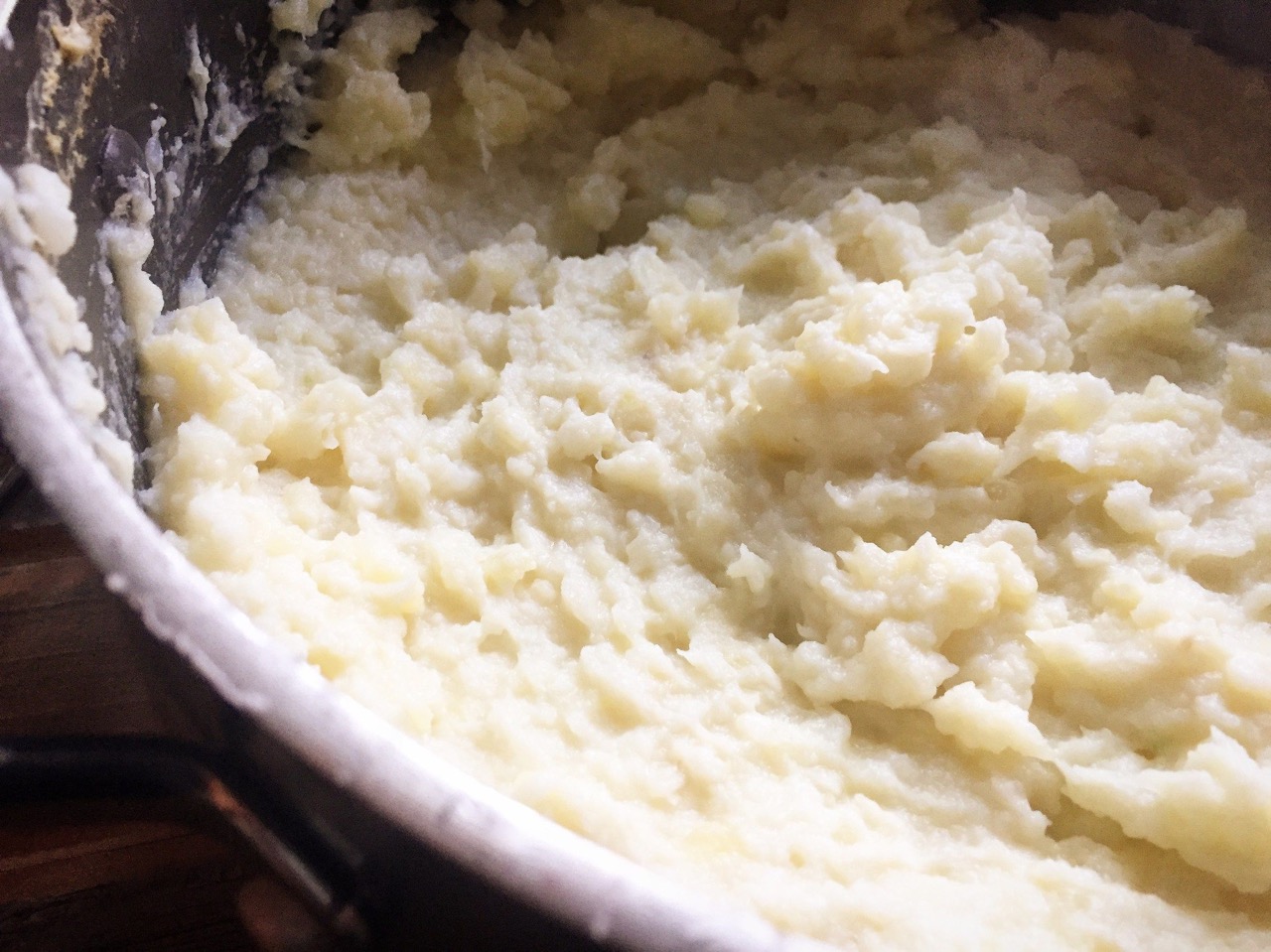
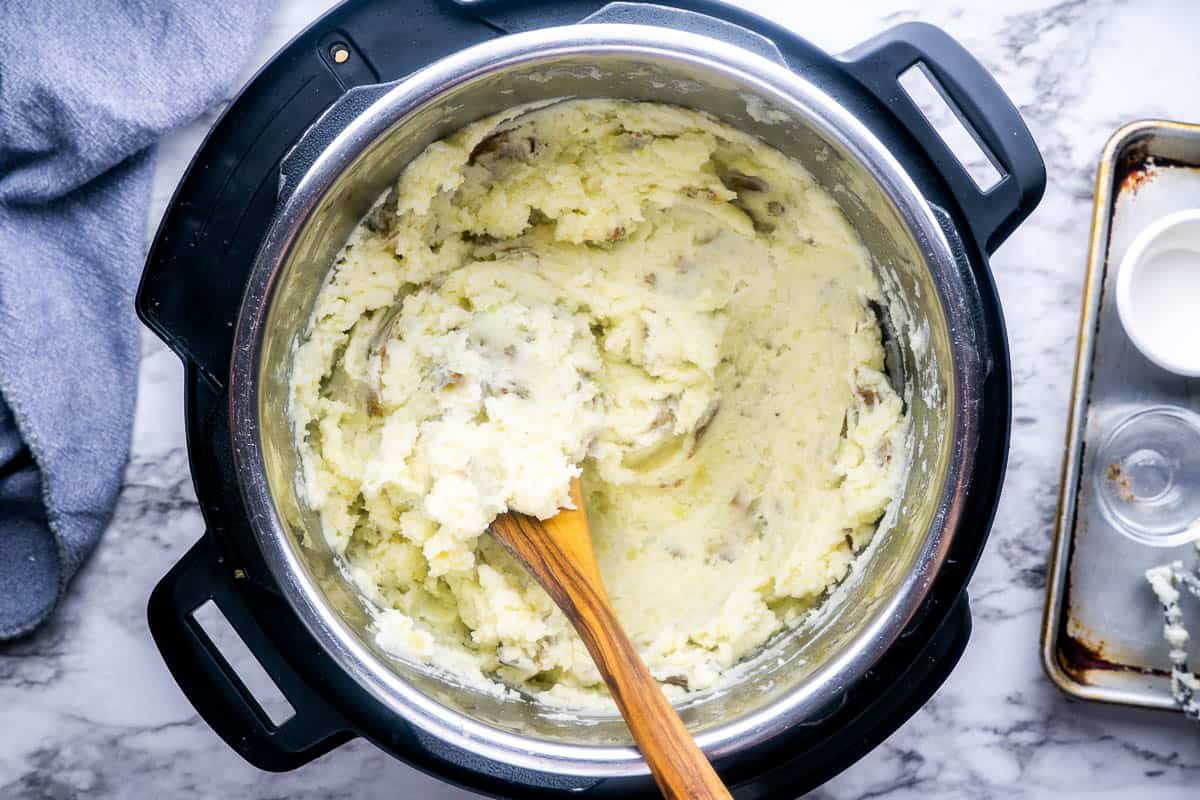
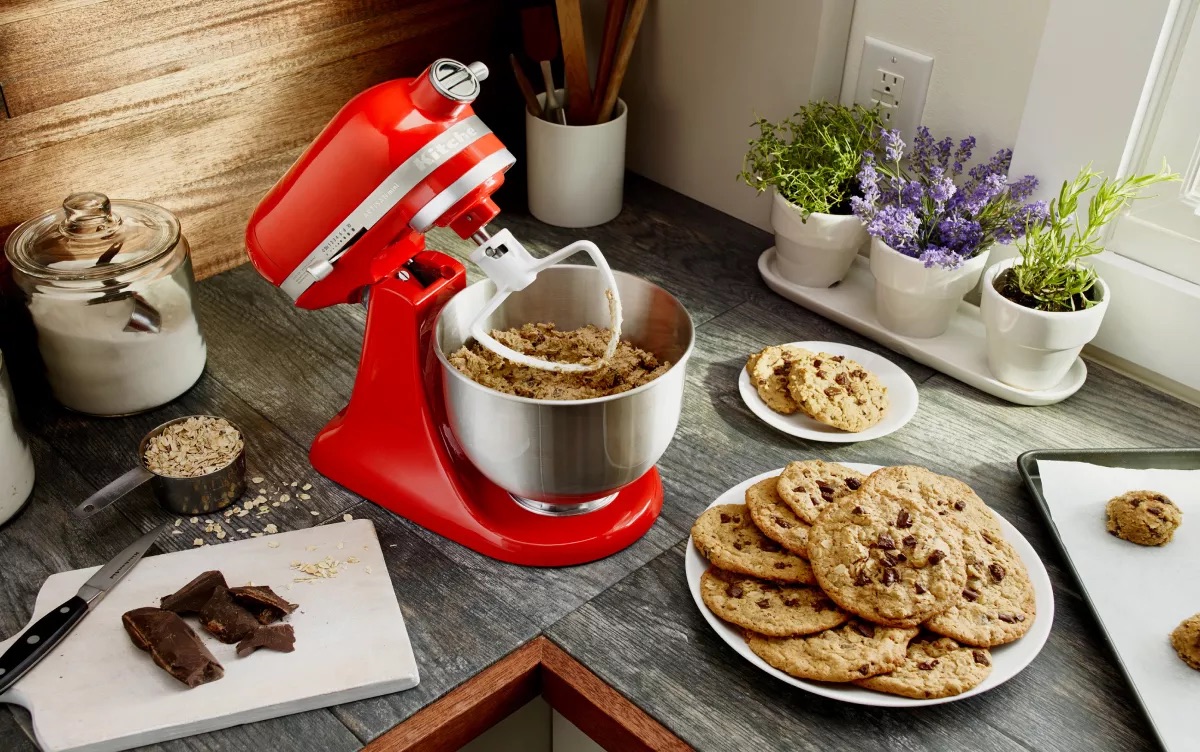
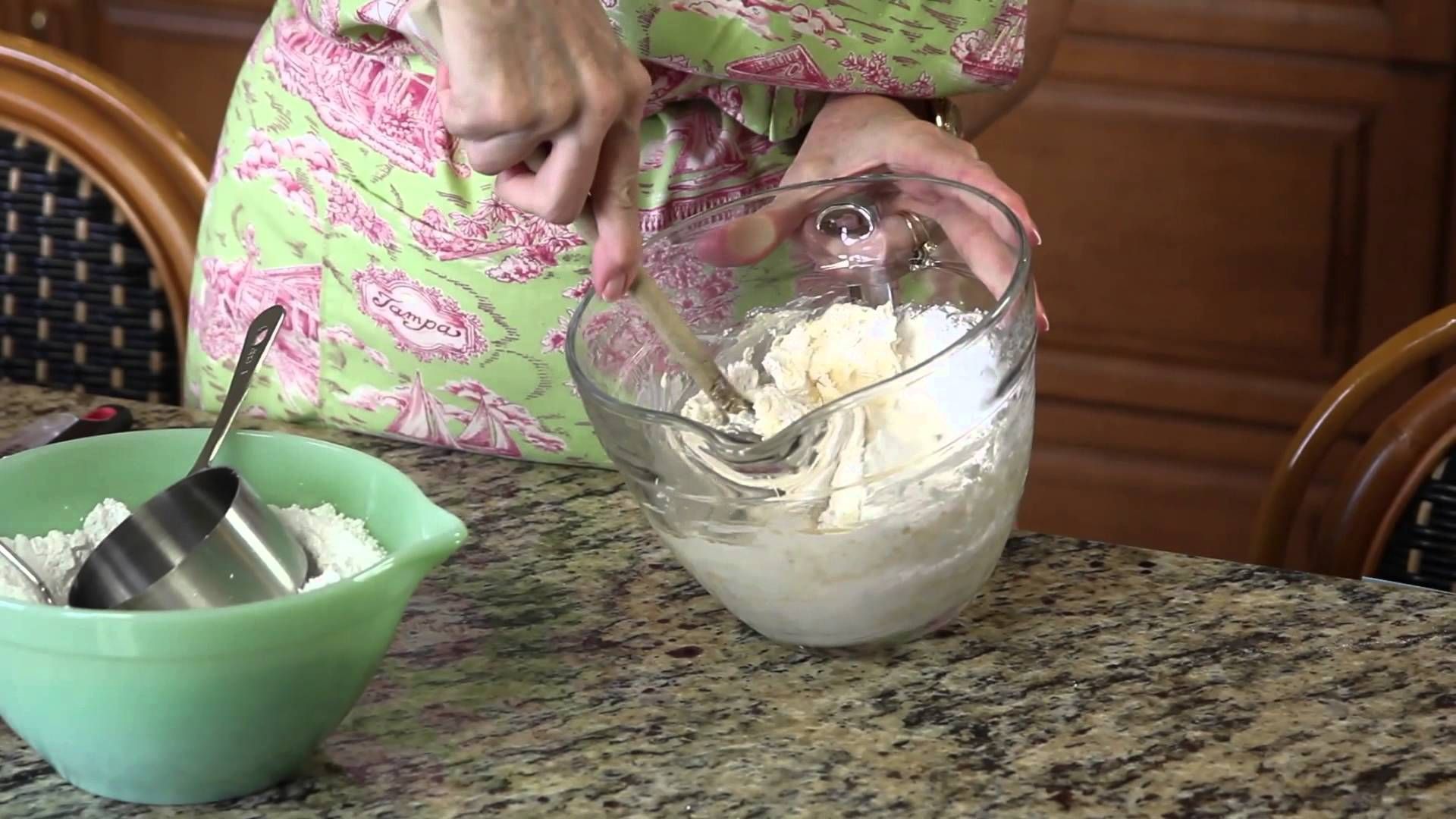
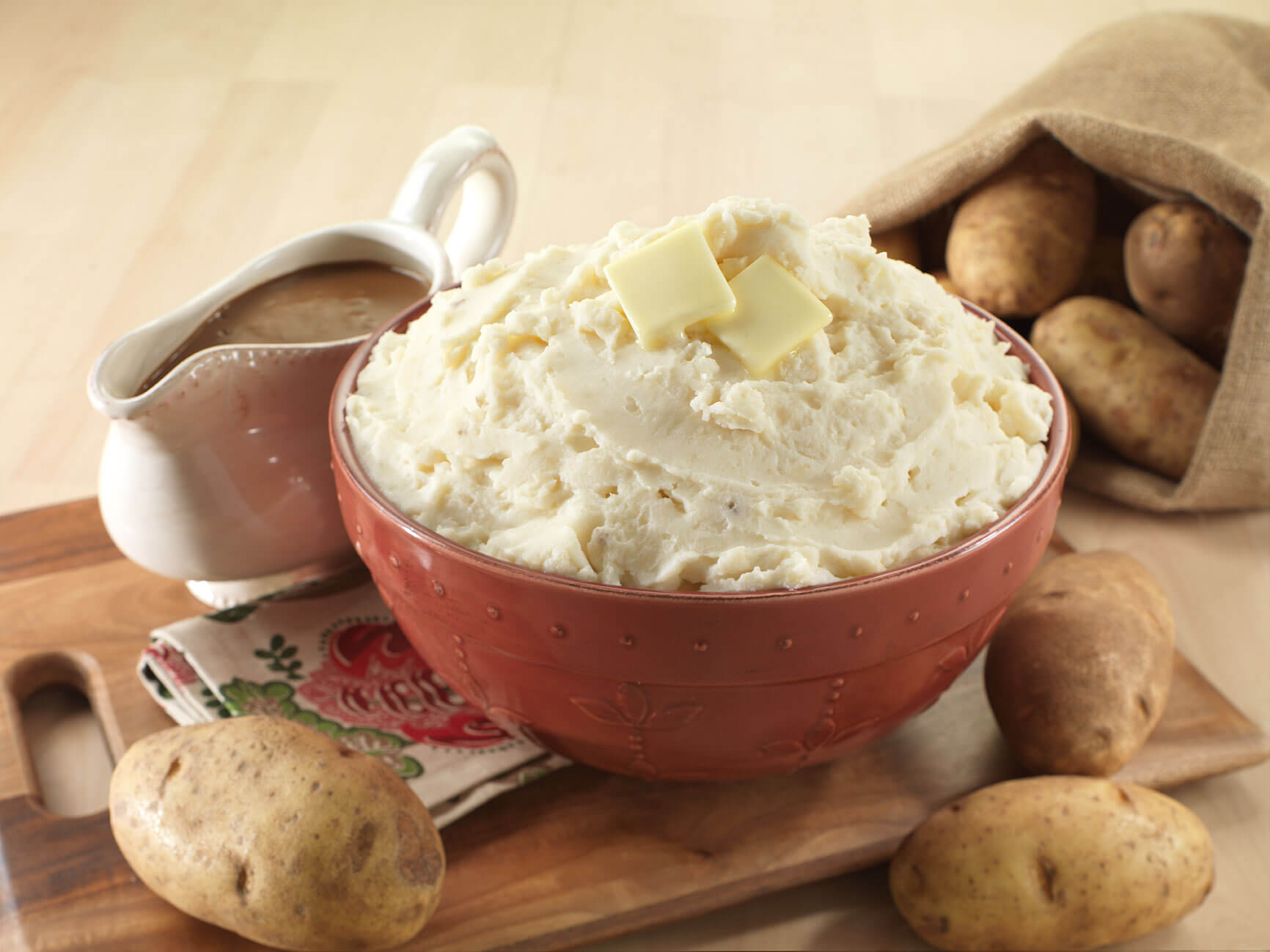

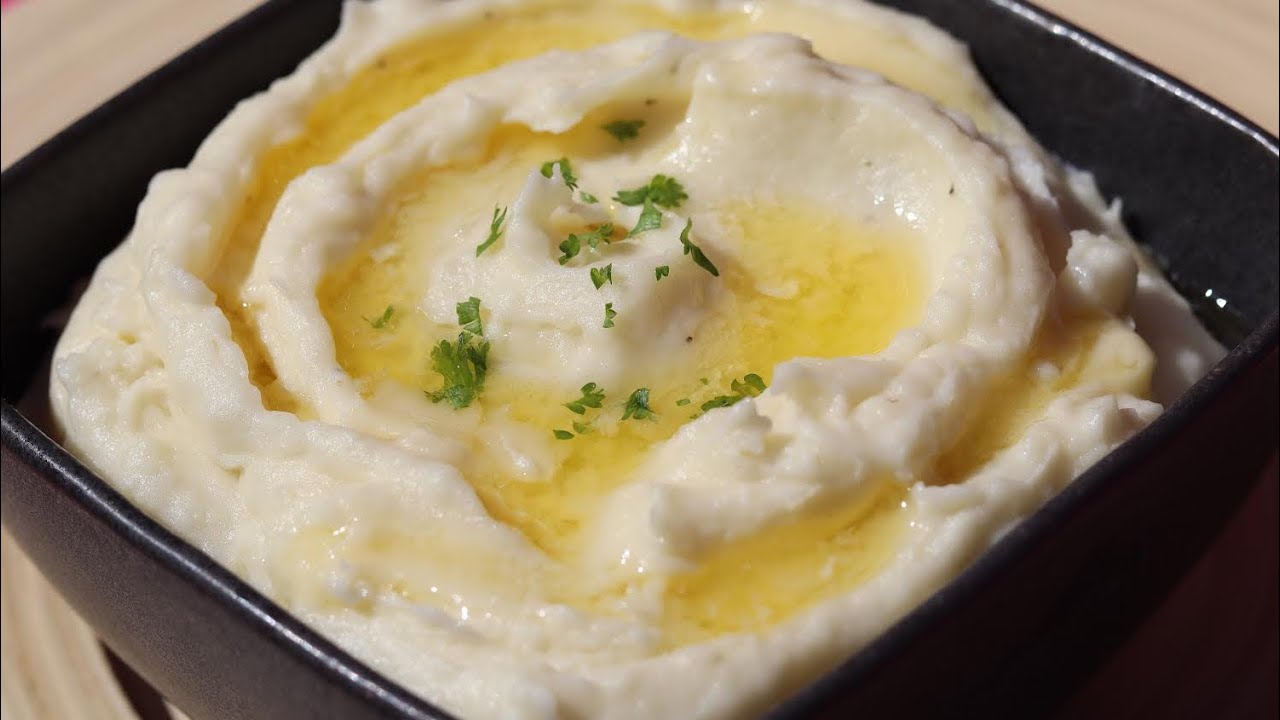
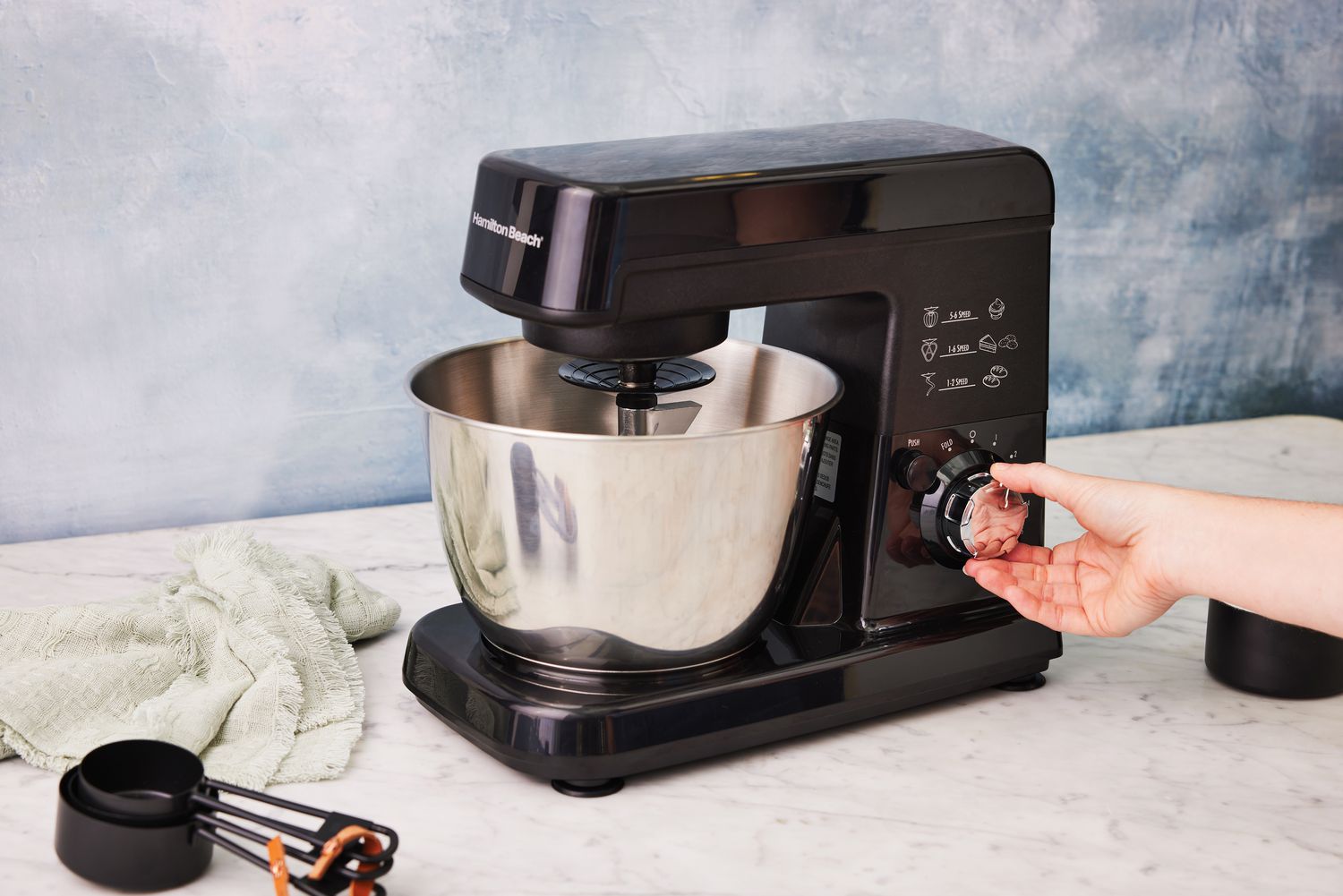
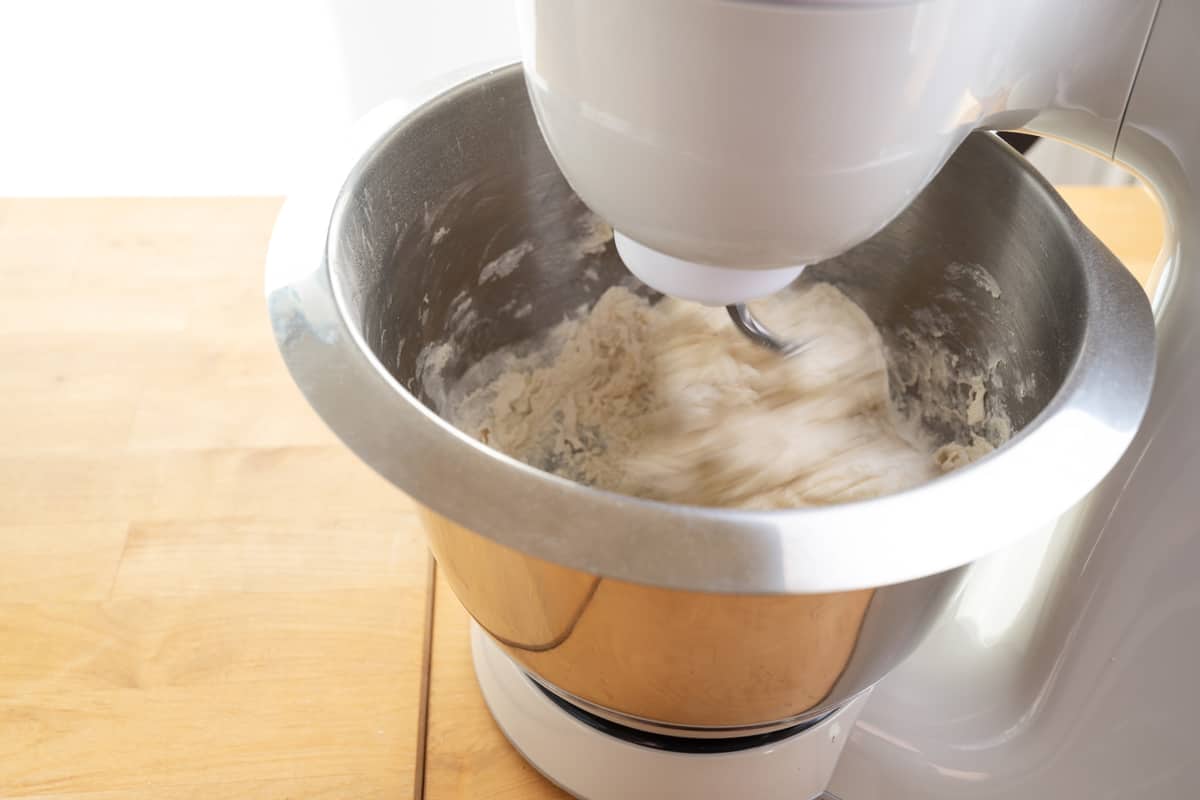
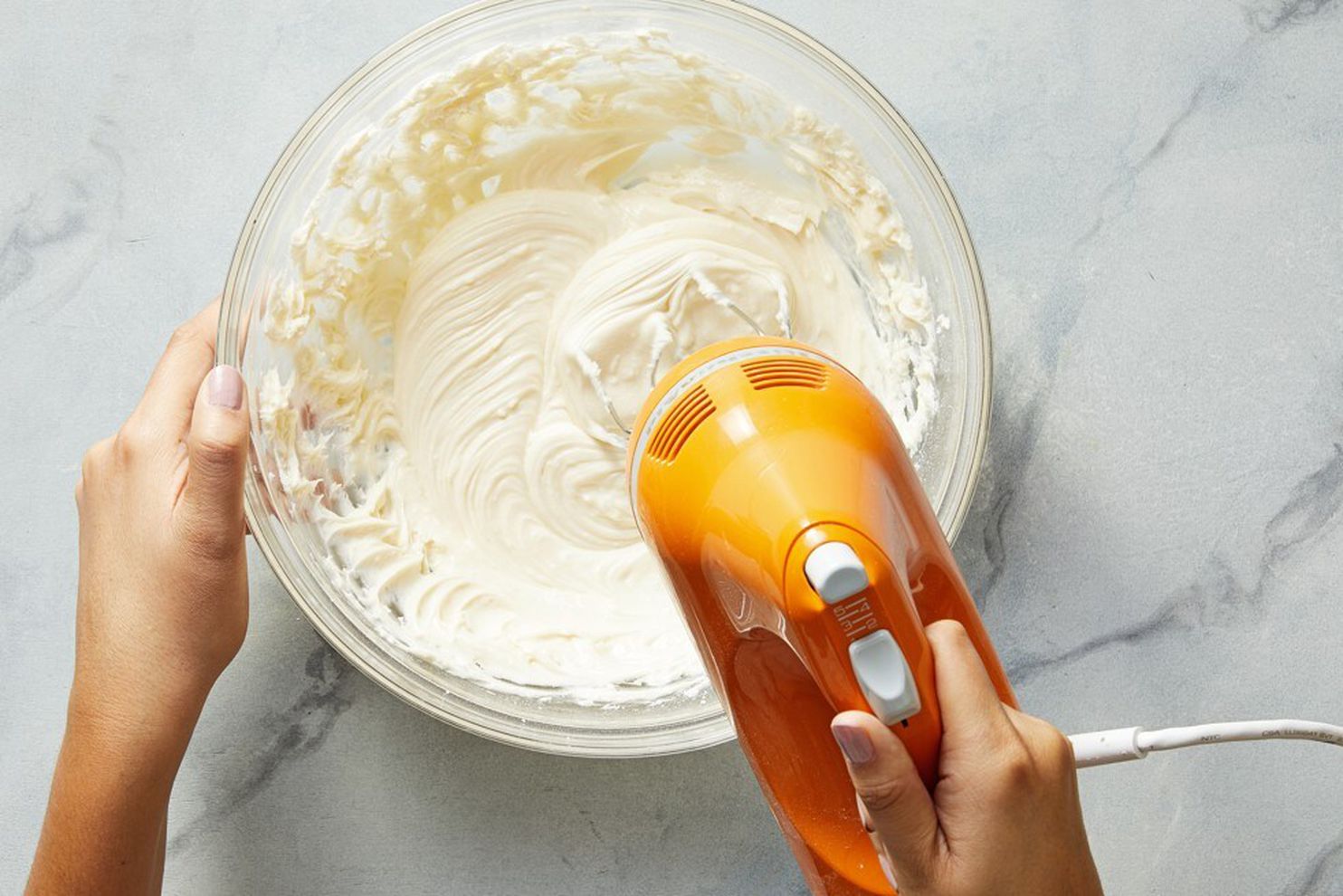
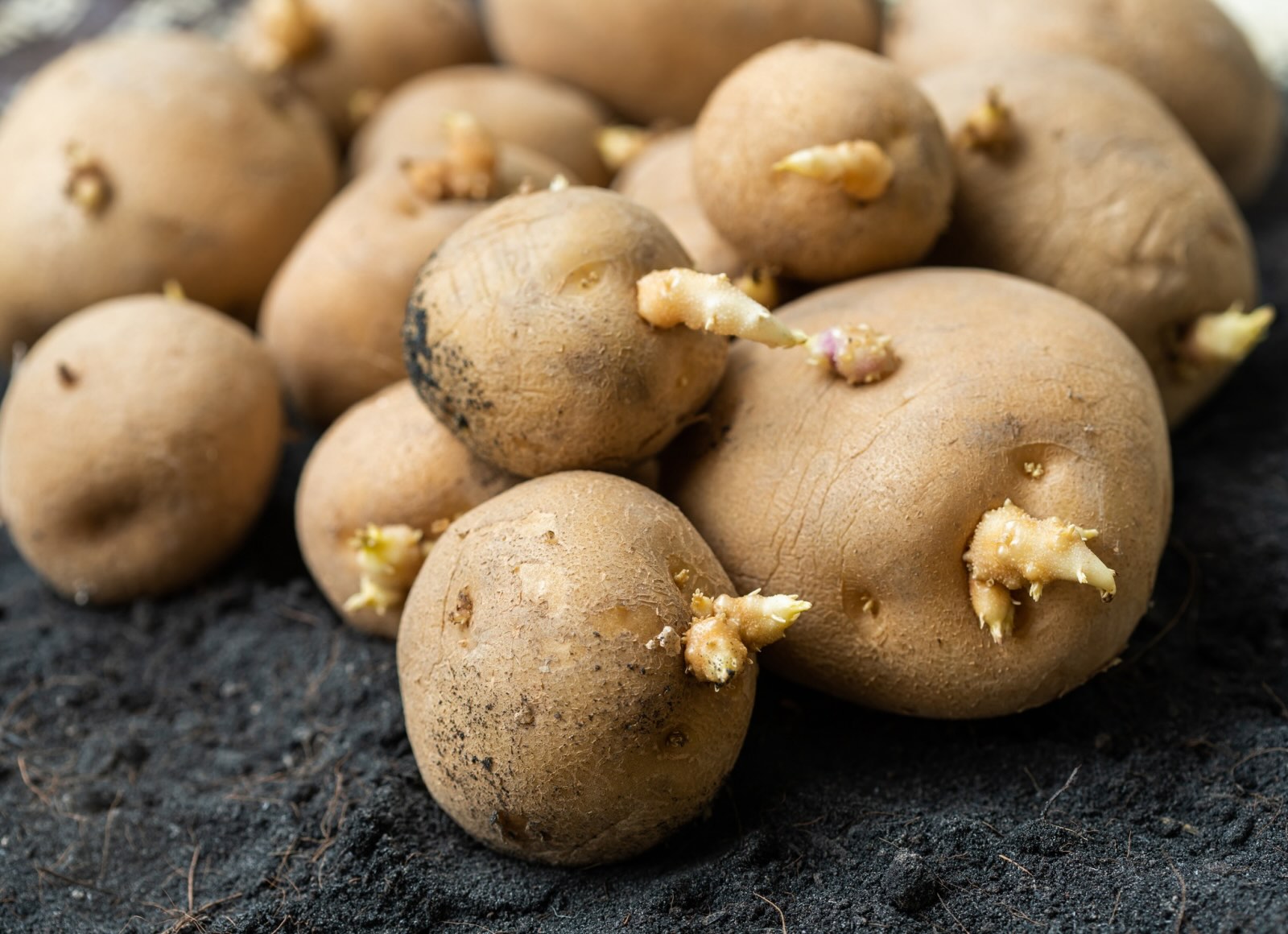
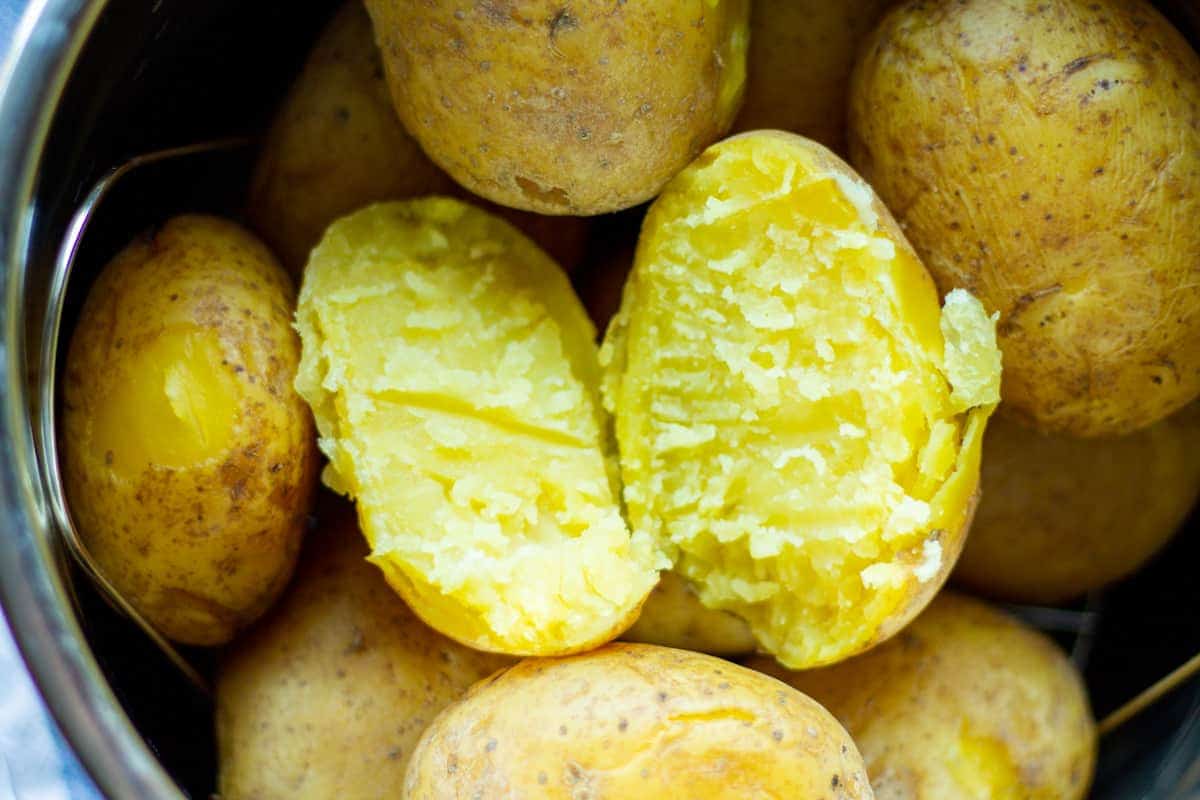
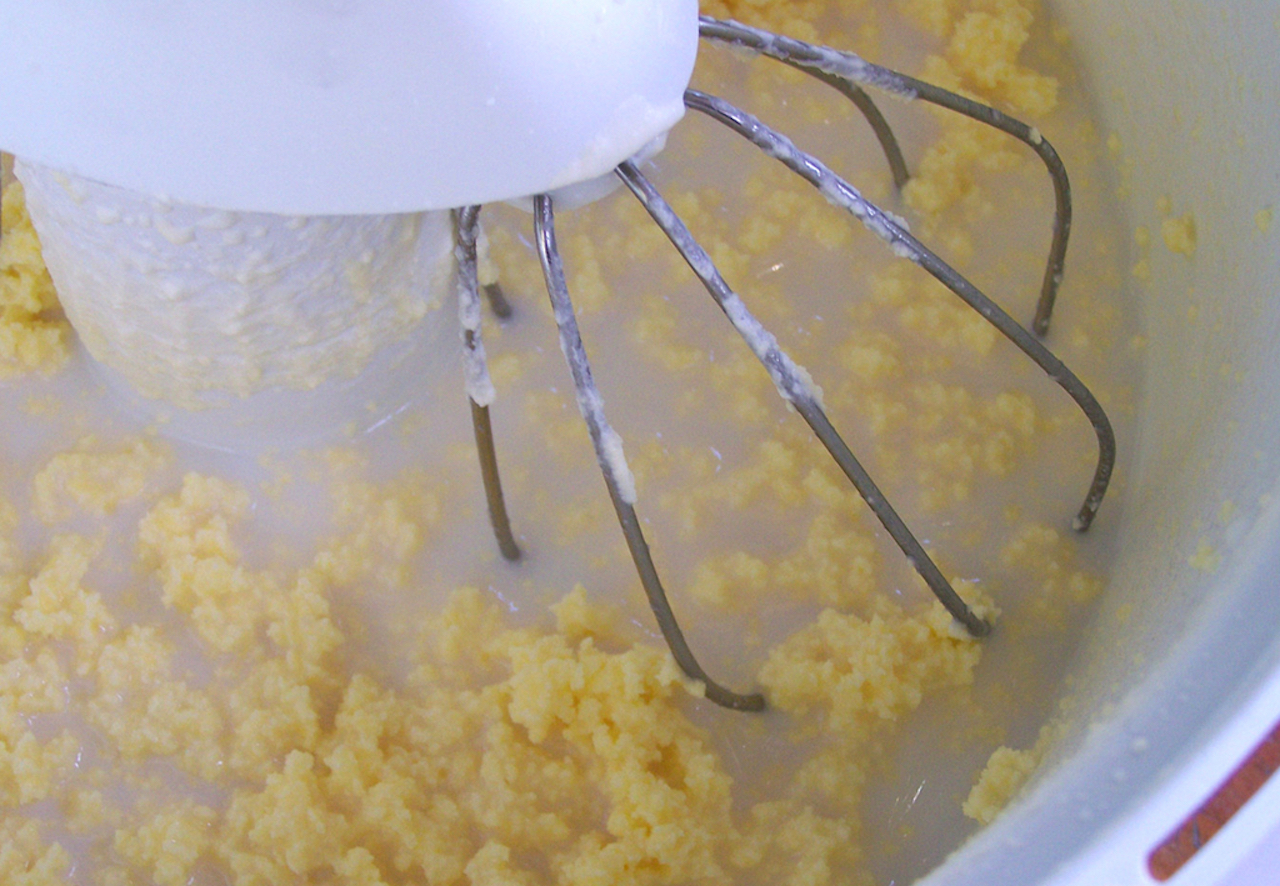
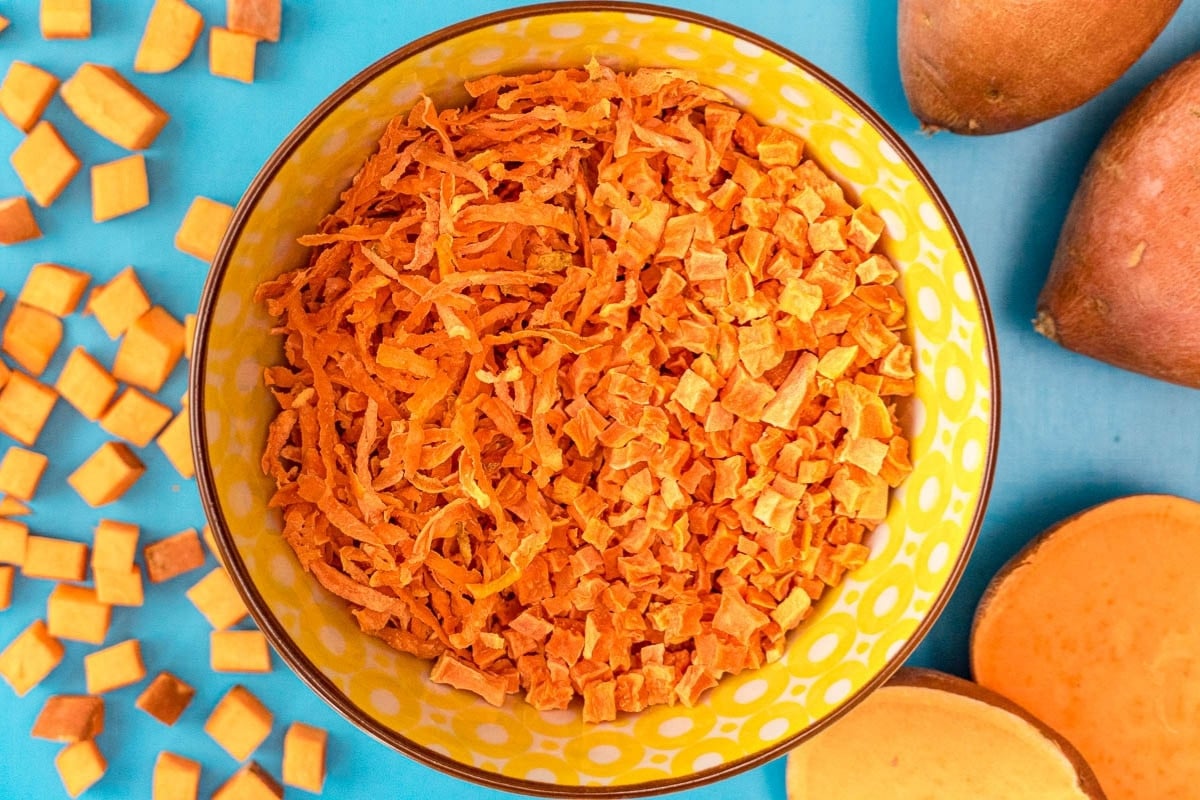

0 thoughts on “How To Make Mashed Potatoes Without A Mixer”